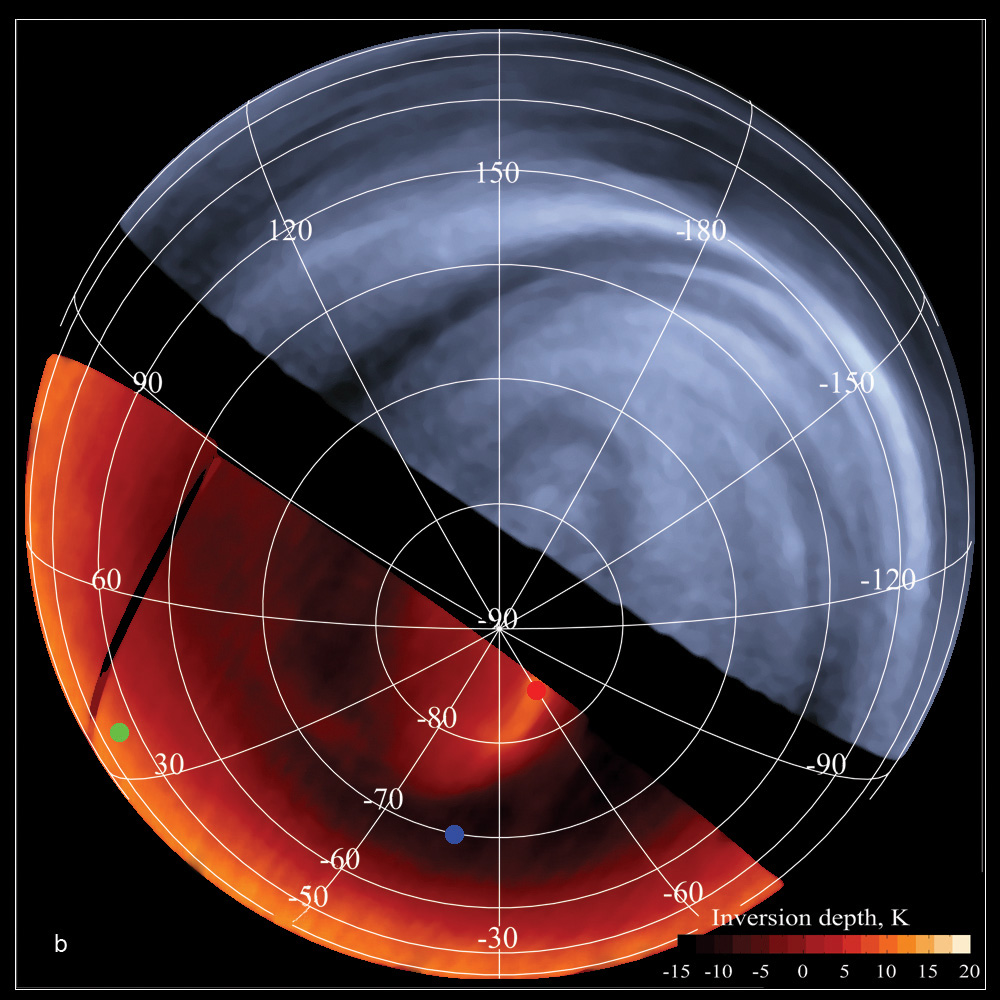How Hot is Venus?
Although it is the second planet from the sun, Venus is the hottest planet in the solar system. The reason Venus is hotter than even Mercury is not because of its position in the solar system but because of its thick, dense cloud layer.
A warm blanket
Venus is the planet most similar to the Earth in terms of size and mass, but its atmosphere causes huge differences in the temperatures of the two planets. The distance to Venus from the sun plays only a small role in the cause of its elevated heat wave.
The atmosphere of Venus is made up almost completely of carbon dioxide, with traces of nitrogen. Much of the hydrogen in the atmosphere evaporated early in the formation of Venus, leaving a thick atmosphere across the planet. At the surface, the atmosphere presses down as hard as water 3,000 feet beneath Earth's ocean.
The average temperature on Venus is 864 degrees Fahrenheit (462 degrees Celsius). Temperature changes slightly traveling through the atmosphere, growing cooler farther away from the surface. Lead would melt on the surface of the planet, where the temperature is around 872 F (467 C).
Temperatures are cooler in the upper atmosphere, ranging from (minus 43 C) to (minus 173 C).
Balmy all year-round
Breaking space news, the latest updates on rocket launches, skywatching events and more!
Temperatures on Venus remain consistent over time. For one thing, the planet takes 243 Earth days to spin once on its axis (and it spins backwards, at that; on Venus, the sun rises in the west and sets in the east). The nights on Venus are as warm as the days.
Venus also has a very small tilt of only 3.39 degrees with respect to the sun, compared to 23.4 degrees on Earth. On our planet, it is the tilt that provides us with the change in seasons; the hemisphere slanted closer to the sun feels the heat of spring and summer. The lack of tilt means that even if Venus got rid of its overheated atmosphere, it would still feel fairly consistent temperatures year round.
The lack of significant tilt causes only slight temperature variations from the equator to the poles, as well.
— Nola Taylor Redd, SPACE.com Contributor
Related:

Nola Taylor Tillman is a contributing writer for Space.com. She loves all things space and astronomy-related, and always wants to learn more. She has a Bachelor's degree in English and Astrophysics from Agnes Scott College and served as an intern at Sky & Telescope magazine. She loves to speak to groups on astronomy-related subjects. She lives with her husband in Atlanta, Georgia. Follow her on Bluesky at @astrowriter.social.bluesky

